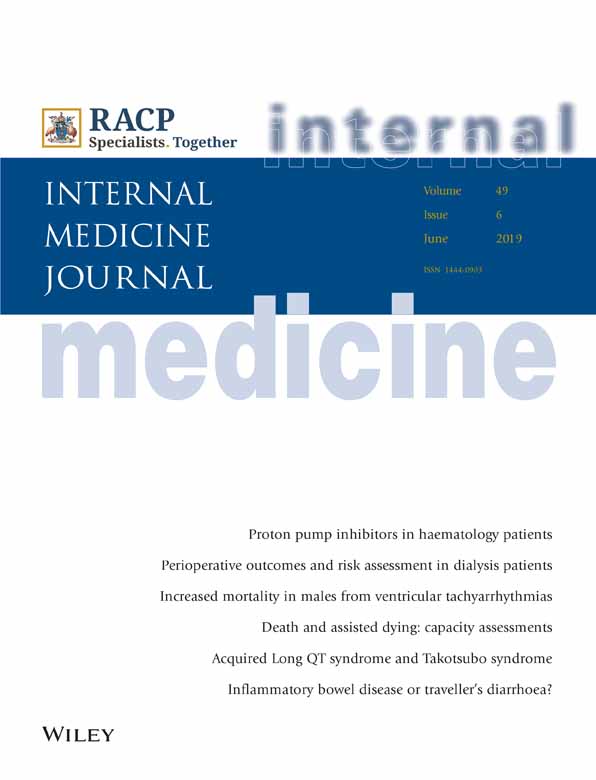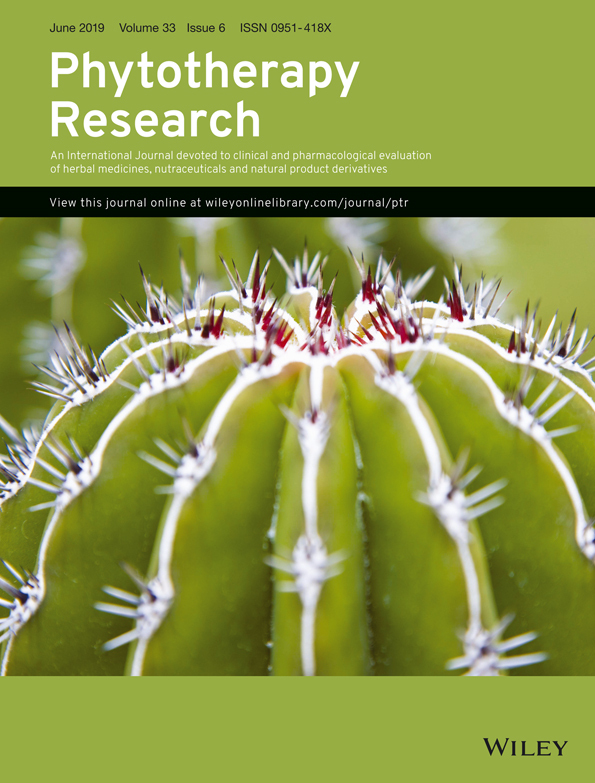 “Current pharmacotherapy of Parkinson’s disease (PD) is palliative and unable to modify the progression of neurodegeneration. Treatments that can improve patients’ quality of life with fewer side effects are needed, but not yet available.
“Current pharmacotherapy of Parkinson’s disease (PD) is palliative and unable to modify the progression of neurodegeneration. Treatments that can improve patients’ quality of life with fewer side effects are needed, but not yet available.
Cannabidiol (CBD), the major non-psychotomimetic constituent of cannabis, has received considerable research attention in the last decade. In this context, we aimed to critically review the literature on potential therapeutic effects of CBD in PD and discuss clinical and preclinical evidence supporting the putative neuroprotective mechanisms of CBD.
RESULTS:
Few studies addressed the biological bases for the purported effects of CBD on PD. Six preclinical studies showed neuroprotective effects, while three targeted the antidyskinetic effects of CBD. Three human studies have tested CBD in patients with PD: an open-label study, a case series, and a randomized controlled trial. These studies reported therapeutic effects of CBD on non-motor symptoms.
CONCLUSIONS:
Additional research is needed to elucidate the potential effectiveness of CBD in PD and the underlying mechanisms involved.”
https://www.ncbi.nlm.nih.gov/pubmed/31314869
http://www.scielo.br/scielo.php?script=sci_arttext&pid=S1516-44462019005012104&tlng=en

 “Cardiac disease is accounted as the leading cause of worldwide morbidity and mortality, mainly in association with induction of inflammation and oxidative stress. The disease is characterized by the overproduction of reactive oxygen and/or nitrogen species (ROS/RNS), and reduced antioxidant capacity.
“Cardiac disease is accounted as the leading cause of worldwide morbidity and mortality, mainly in association with induction of inflammation and oxidative stress. The disease is characterized by the overproduction of reactive oxygen and/or nitrogen species (ROS/RNS), and reduced antioxidant capacity.


 “The present study investigates the potential effect of a Cannabis sativa L. ethanolic extract standardized in cannabidiol as antiinflammatory agent in the skin. The extract inhibited the release of mediators of inflammation involved in wound healing and inflammatory processes occurring in the skin. Cannabis extract and cannabidiol showed different effects on the release of interleukin-8 and vascular endothelial growth factor, which are both mediators whose genes are dependent on NF-κB. Our findings provide new insights into the potential effect of Cannabis extracts against inflammation-based skin diseases.”
“The present study investigates the potential effect of a Cannabis sativa L. ethanolic extract standardized in cannabidiol as antiinflammatory agent in the skin. The extract inhibited the release of mediators of inflammation involved in wound healing and inflammatory processes occurring in the skin. Cannabis extract and cannabidiol showed different effects on the release of interleukin-8 and vascular endothelial growth factor, which are both mediators whose genes are dependent on NF-κB. Our findings provide new insights into the potential effect of Cannabis extracts against inflammation-based skin diseases.”  “Volatile terpenes represent the largest group of
“Volatile terpenes represent the largest group of 


 “Cannabidiol is a cannabis-derived medicinal product with potential application in a wide-variety of contexts, however its effective dose in different disease states remains unclear. This review aimed to investigate what doses have been applied in clinical populations, in order to understand the active range of cannabidiol in a variety of medical contexts.
“Cannabidiol is a cannabis-derived medicinal product with potential application in a wide-variety of contexts, however its effective dose in different disease states remains unclear. This review aimed to investigate what doses have been applied in clinical populations, in order to understand the active range of cannabidiol in a variety of medical contexts.
 “Cognitive dysfunction is a common comorbidity in adults with treatment-resistant epilepsy (TRE).
“Cognitive dysfunction is a common comorbidity in adults with treatment-resistant epilepsy (TRE).